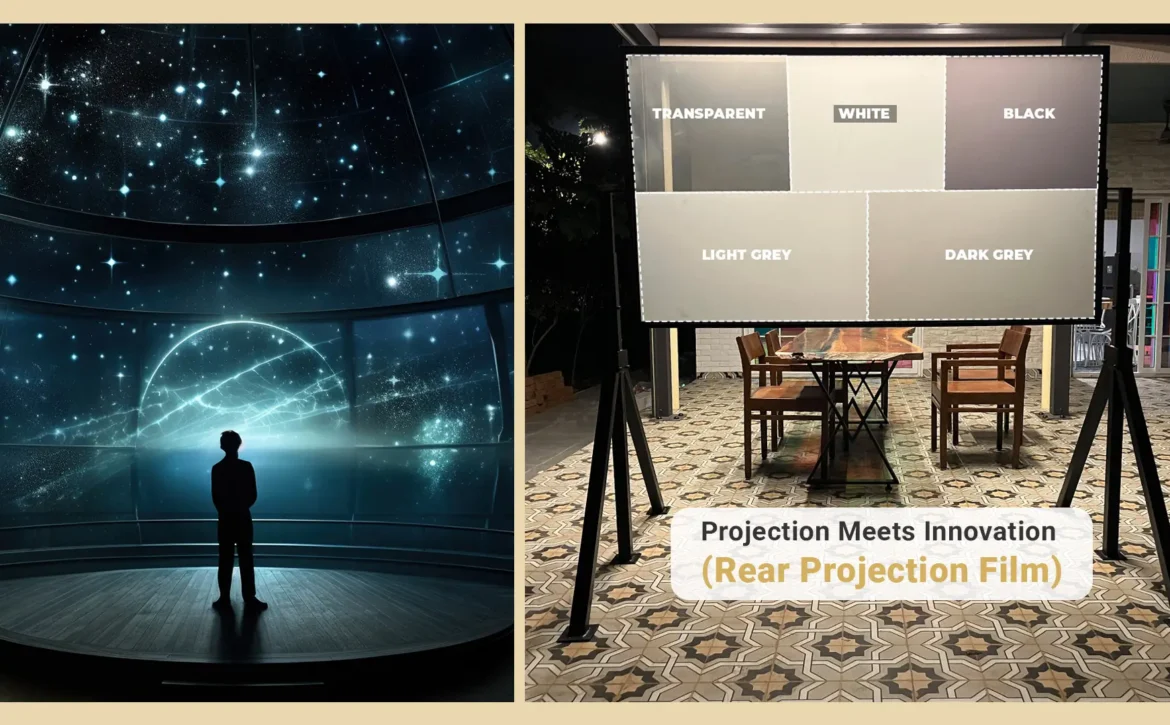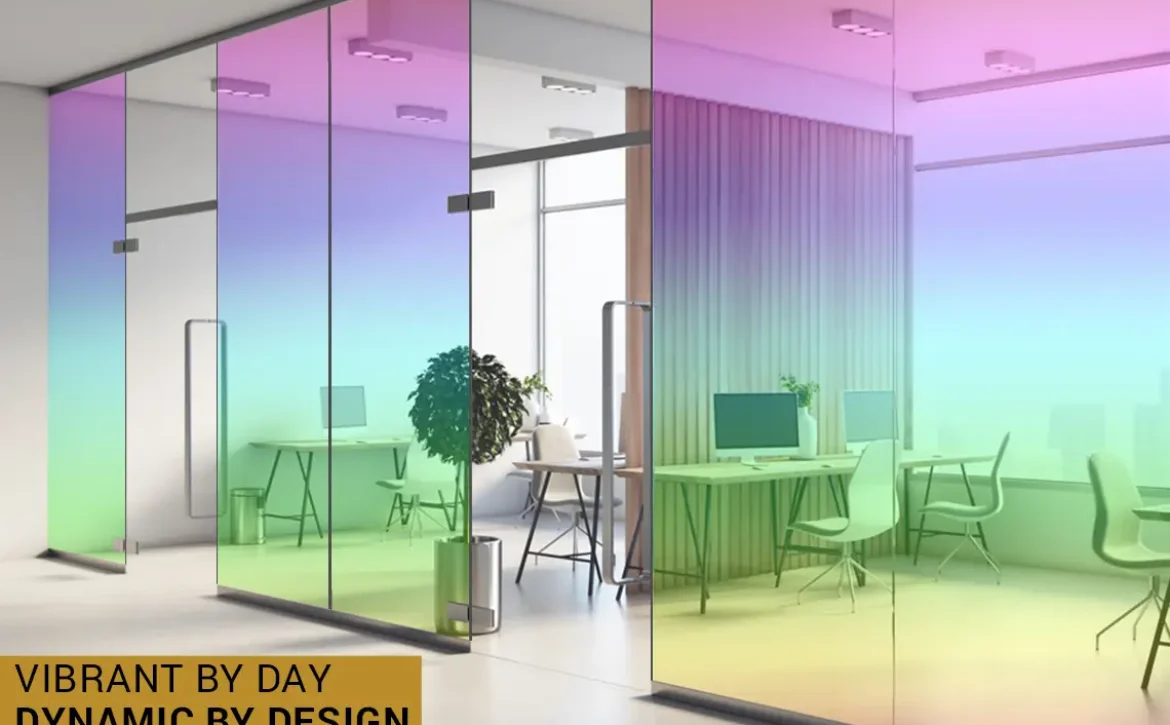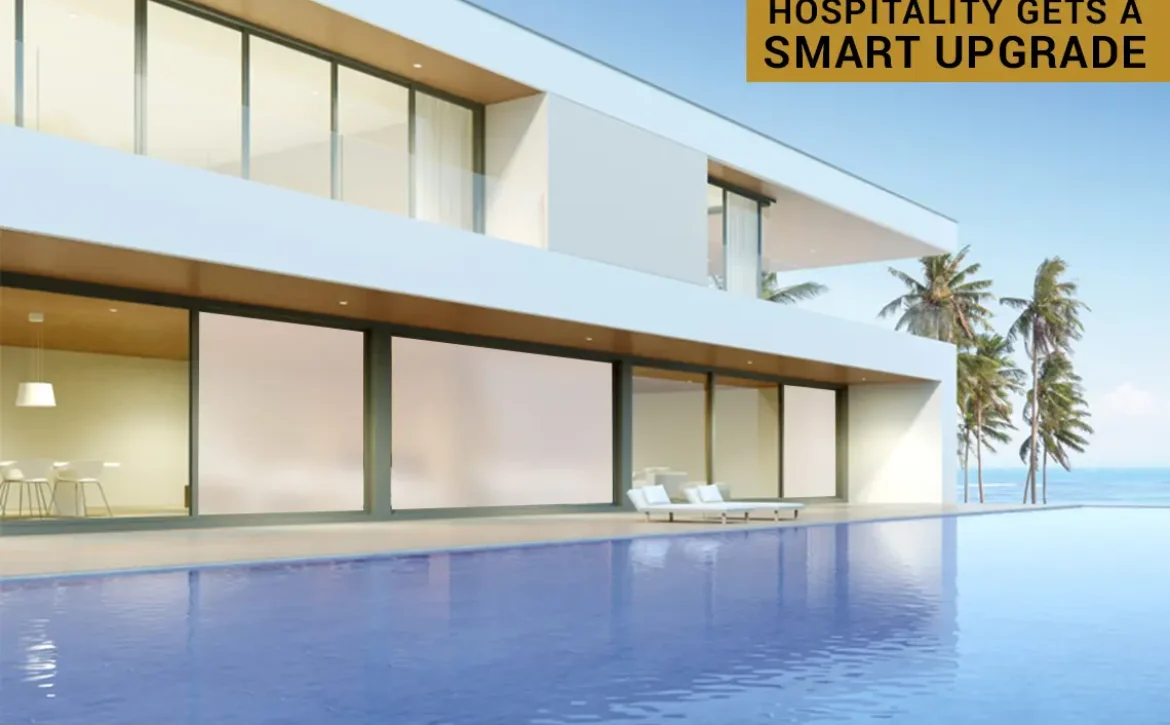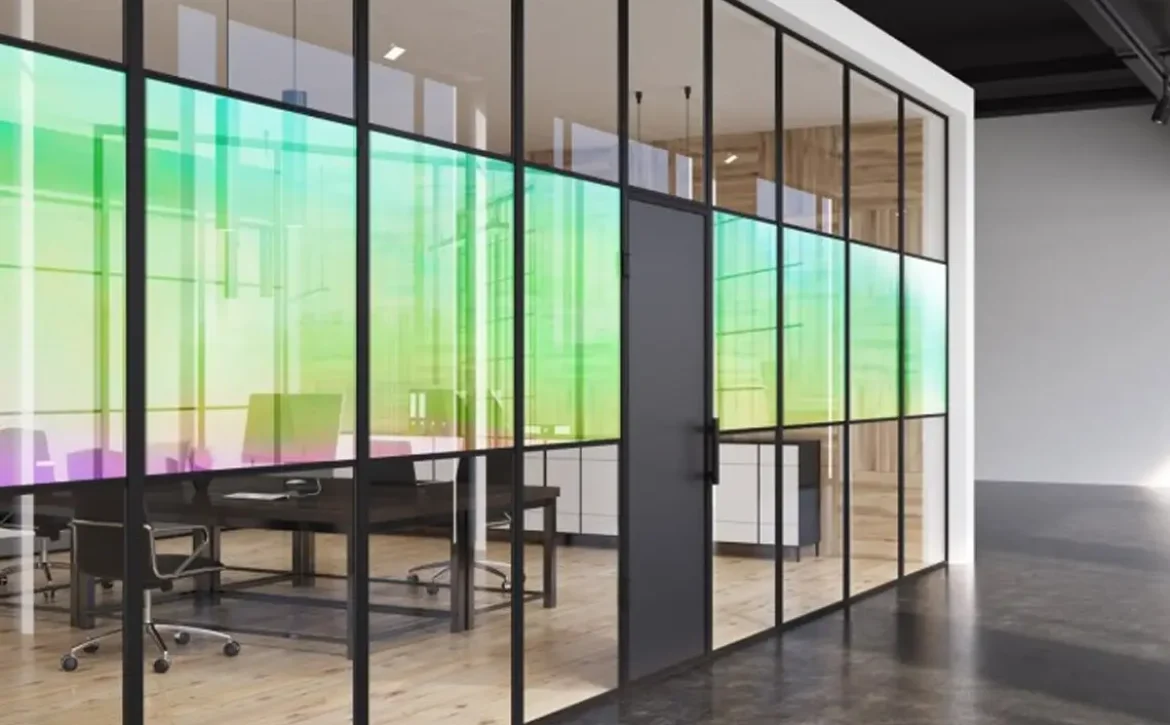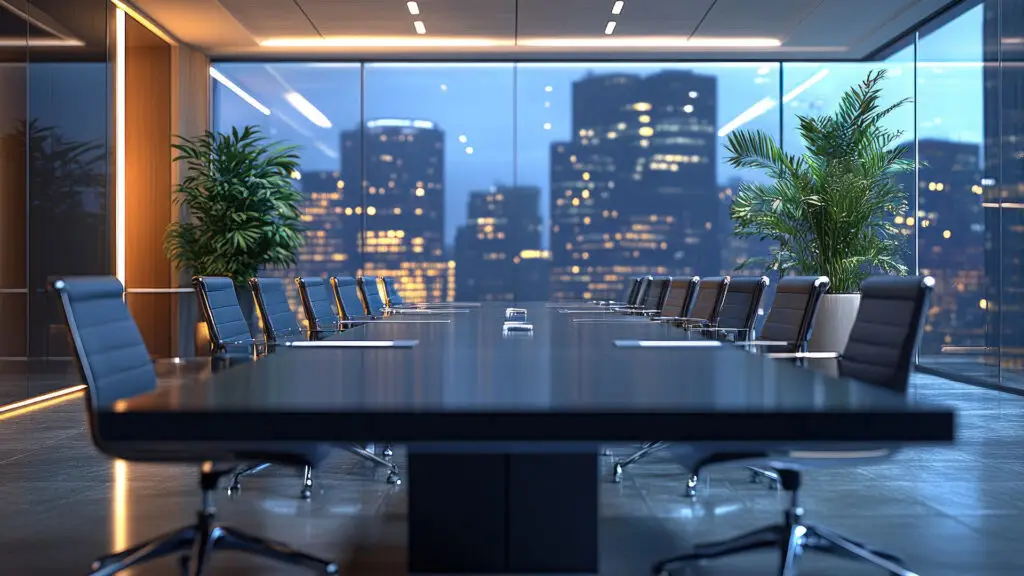How Rear Projection Film Turns Glass into Interactive Displays
Transforming Glass Into High-Impact Digital Displays
Let’s face it: in today’s hyper-competitive market, basic screens and clunky displays just don’t cut it. Customers expect innovation and sleek presentation something that grabs attention without cluttering up your space. That’s where rear projection film steps in. It’s a modern, sophisticated way to turn any glass surface into a dynamic digital display, boosting both style and function across business environments.
What Is Rear Projection Film?
Think of rear projection film as a discreet, high-tech layer you apply directly to glass or acrylic. On its own, it’s nearly invisible exactly what you want in upscale spaces. But when you combine it with a projector behind the surface, the film diffuses light perfectly, delivering crisp, high-resolution visuals right on your glass. Whether you’re running digital signage, interactive presentations, or immersive product demos, this solution elevates your brand image instantly
How Does It Work?
Here’s a streamlined view:
- Film Application: The film is applied directly to your glass or acrylic panels.
- Projector Placement: A projector is positioned behind the glass.
- Light Diffusion: The film’s advanced layers distribute the projected light evenly no hotspots, just a clean, professional image.
- Interactive Option: Integrate a touch overlay and you’ve got a full interactive touchscreen, right on your glass partition or storefront.
Why Businesses Choose Rear Projection Film
- No visual clutter keep your interiors modern and open.
- Supports high-definition and even 4K projection, so your content always looks its best.
- Maximizes use of space no mounts, stands, or extra hardware.
- Enables interactive experiences for customers and staff.
- Glass remains clear and unobstructed when the display is off.
Where Does This Technology Excel?
- Retail: Showcase promotions, product launches, or interactive catalogs right on your windows.
- Corporate: Turn glass walls or meeting rooms into presentation powerhouses.
- Events: Create next-level digital displays for branding and engagement.
- Museums/Galleries: Power interactive exhibits and digital storytelling.
- Hospitality & Real Estate: Use lobby glass or partition walls for up-to-date information or digital signage.
Ready to Innovate?
Rear projection film isn’t just another display it’s a strategic investment in your brand’s image and functionality. If you’re interested in exploring how this technology can elevate your business, connect with us for samples, demos, or expert consultation. Let’s turn your glass into a real business advantage.
